Medieval Europe was a fascinating time with kings, queens, battles, and beautiful coins. These coins were not only used for trade but also showed power and culture. Even today, some medieval coins puzzle historians because their origins and meanings are unclear. These rare coins tell stories that have been lost in time, waiting to be discovered.
In this article, we explore seven medieval European coins, from rare gold florins to hammered silver groats and pieces from unknown mints. Each coin has a unique mystery that makes it special and important for understanding history better. Let’s dive into these ancient treasures and uncover their secrets.
1. The Rare Gold Florin of Florence
The gold florin was an important coin in medieval Europe, especially in Florence, Italy. It was famous for its high gold quality and beautiful design. However, some florins have strange symbols and unknown inscriptions that confuse historians. These coins seem to come from different years or places but don’t match any official records.
Experts are still trying to find out why these florins were made and what story they tell. Are they special coins for secret purposes, or did they come from private mints? The mystery of these unusual florins keeps collectors and historians curious.
2. Hammered Silver Groats from England
Silver groats were common coins used in England. These coins were “hammered,” meaning they were made by hand using metal tools. Some groats from the 14th and 15th centuries show strange mint marks or odd portraits that don’t look like any known king or queen.
Historians wonder if these groats were made secretly or produced during times of political chaos when many rulers tried to control the money supply. The irregularities on these coins help us understand the difficult times England faced, but they also create puzzles about who truly made them.
3. The Unknown-Mint Coins from the Holy Roman Empire
The Holy Roman Empire was a large group of kingdoms and cities in medieval Europe. Coins were made in many places, but a few silver and copper pieces don’t match any known mint locations. These coins have symbols and writing that don’t fit the usual patterns seen in the empire’s money.
Historians believe these could come from very small mints or temporary rulers who issued coins in secret. Since there is little information about them, these unknown-mint coins remain a mystery and show how complex medieval politics were.
4. The Mysterious Venetian Ducat with Odd Icons
Venice was a powerful city and issued the famous gold ducat. Most ducats feature Saint Mark and the Doge (leader) of Venice. But some rare examples have unusual icons or added symbols that historians cannot explain clearly.
Some think these ducats were made for special occasions or foreign trade, designed to send secret messages or marks of friendship. The reasons behind these icons remain unknown, making these coins exciting puzzles from Venice’s golden age.
5. The Confusing Bracteates of Central Europe
Bracteates were thin, single-sided coins popular in parts of Central Europe, especially Germany and Poland. Many bracteates were produced by local rulers, but some examples show strange designs and unclear inscriptions.
Because these coins were often copied or faked, it is hard to tell their exact origin. Historians are challenged to match these bracteates with the right place and ruler, which can change what we know about medieval trade and power.
6. The Strange Cross Denier of France
Cross deniers were silver coins with crosses on them, common in medieval France. Occasionally, coins appear with odd crosses or added marks that do not match known French designs. Some might have come from small regions or during times of conflict.
Researchers are unsure whether these coins were official or made by rebels. The unusual crosses make these deniers interesting clues to the political changes in medieval France.
7. The Unknown King’s Coin from Scotland
Scotland’s medieval coins often feature kings and national symbols. But a few silver pennies show portraits not matching any known Scottish ruler. These coins were discovered in small numbers and have strange lettering.
Some experts believe these coins belonged to a forgotten or unrecorded king, while others think they were foreign coins adapted for local use. This mystery keeps Scottish coin collecting lively and full of questions.
Why Do These Medieval Coins Matter?
These medieval coins are more than just old money. They help us learn about the people, economy, and politics of the past. Each mystery coin tells a story that may change what we know about history. For young students and history lovers in India and around the world, these coins show how rich and complex Europe’s past was.
By studying these puzzles, historians connect the dots of our shared world history. And who knows, maybe one day more mysteries will be solved, revealing new facts about medieval Europe and inspiring the next generation of explorers and historians.

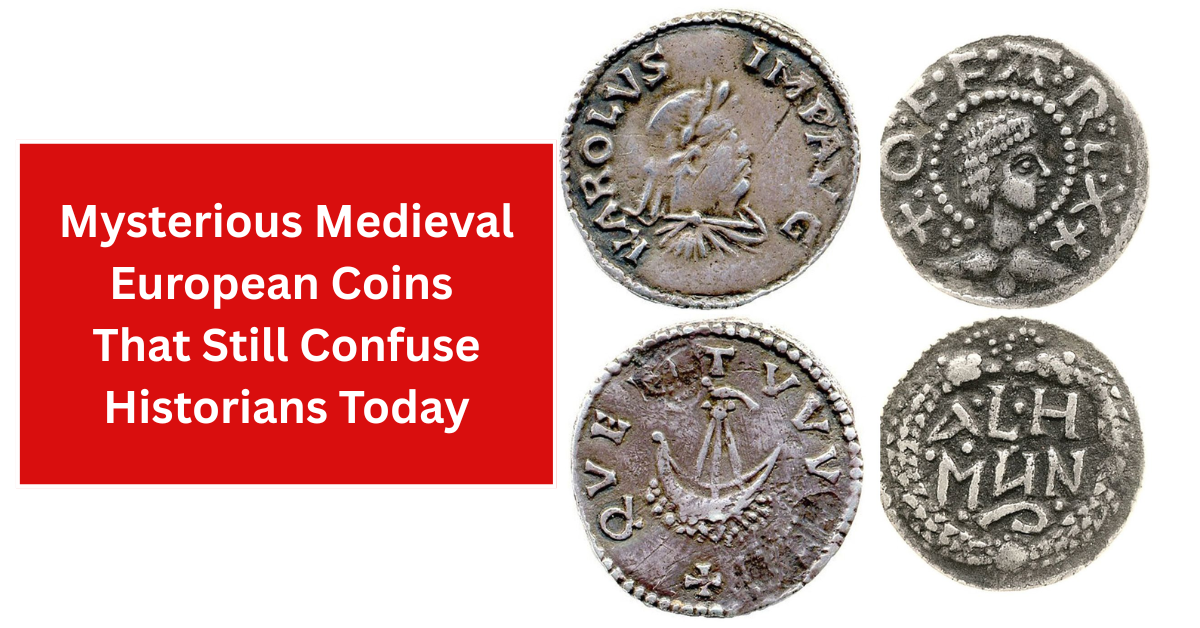
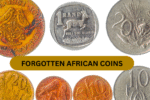
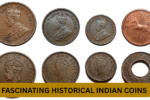

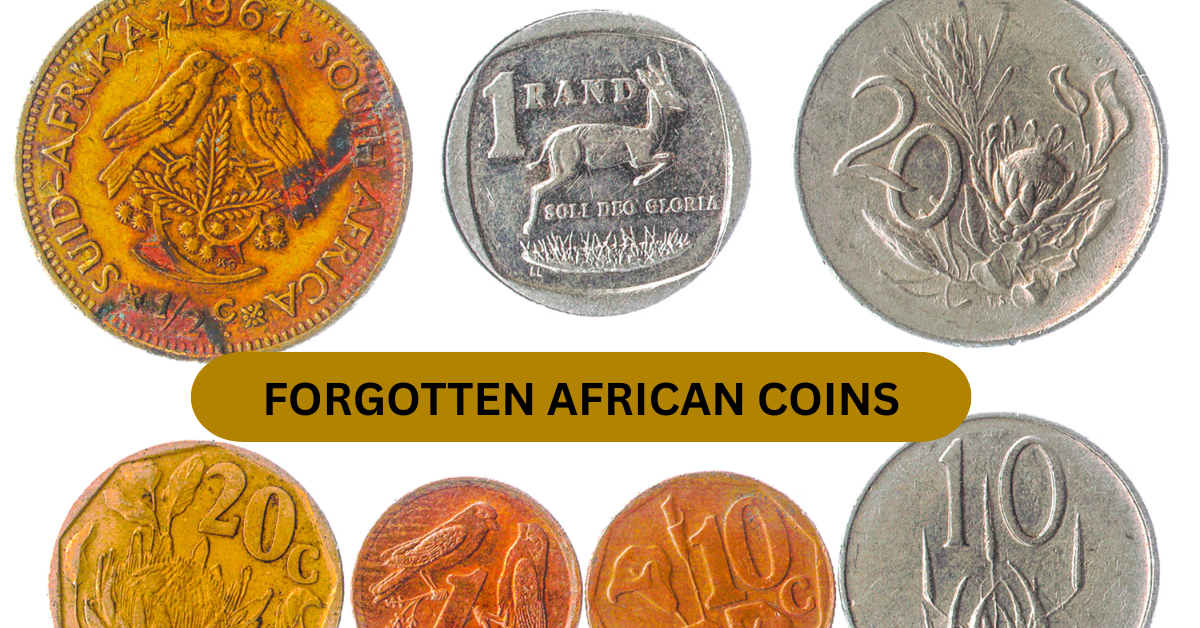
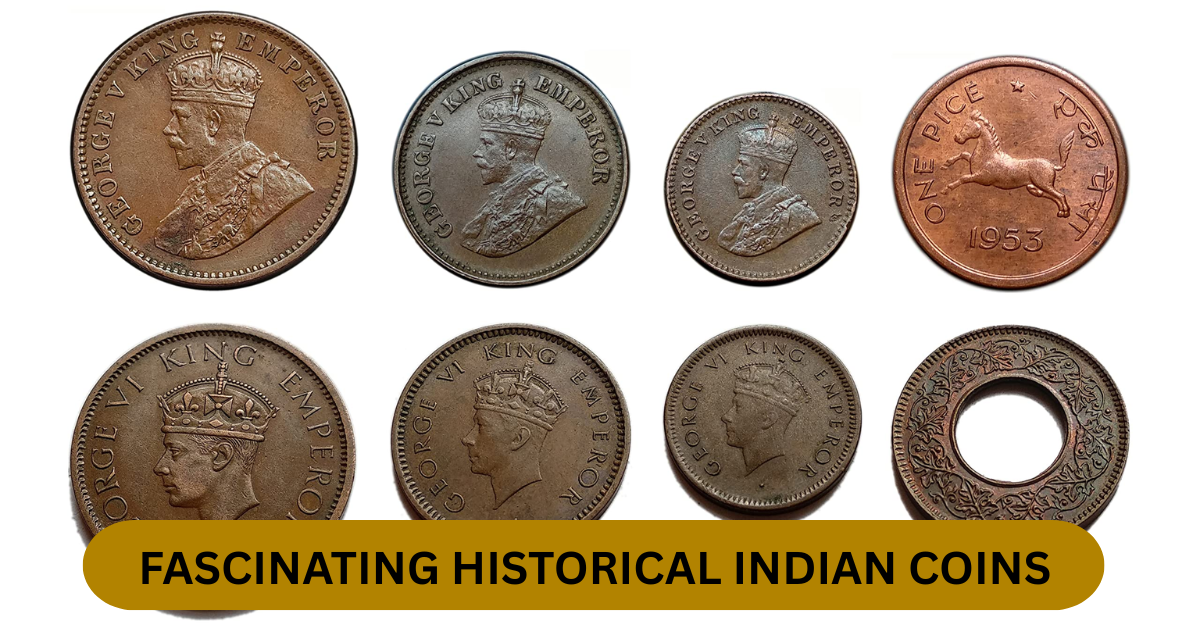

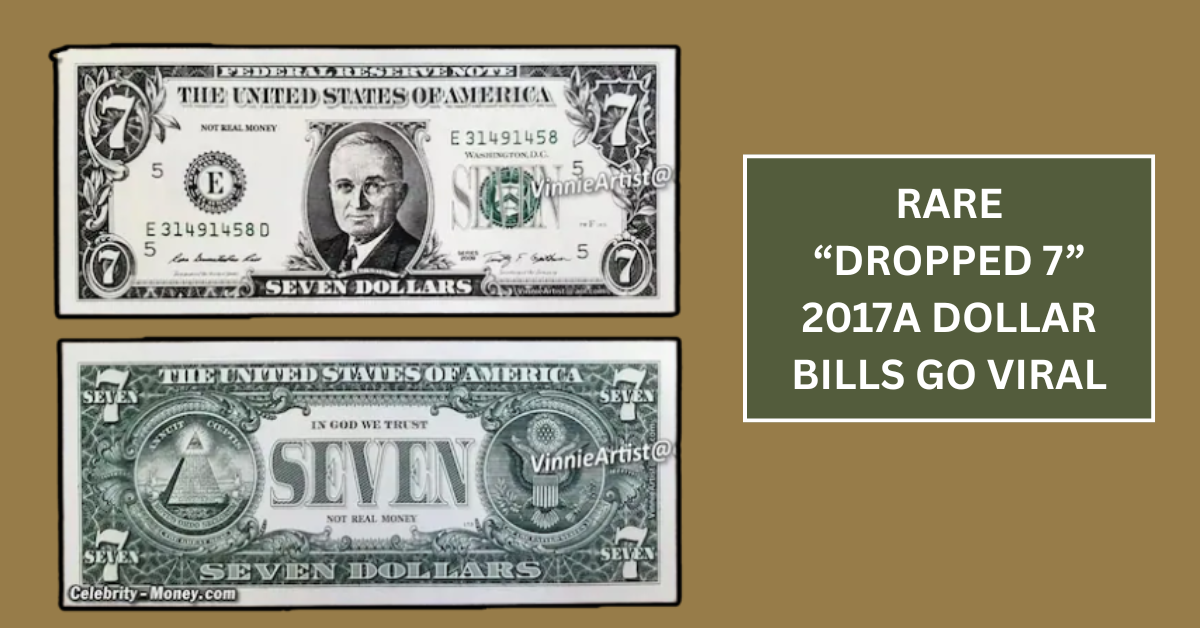
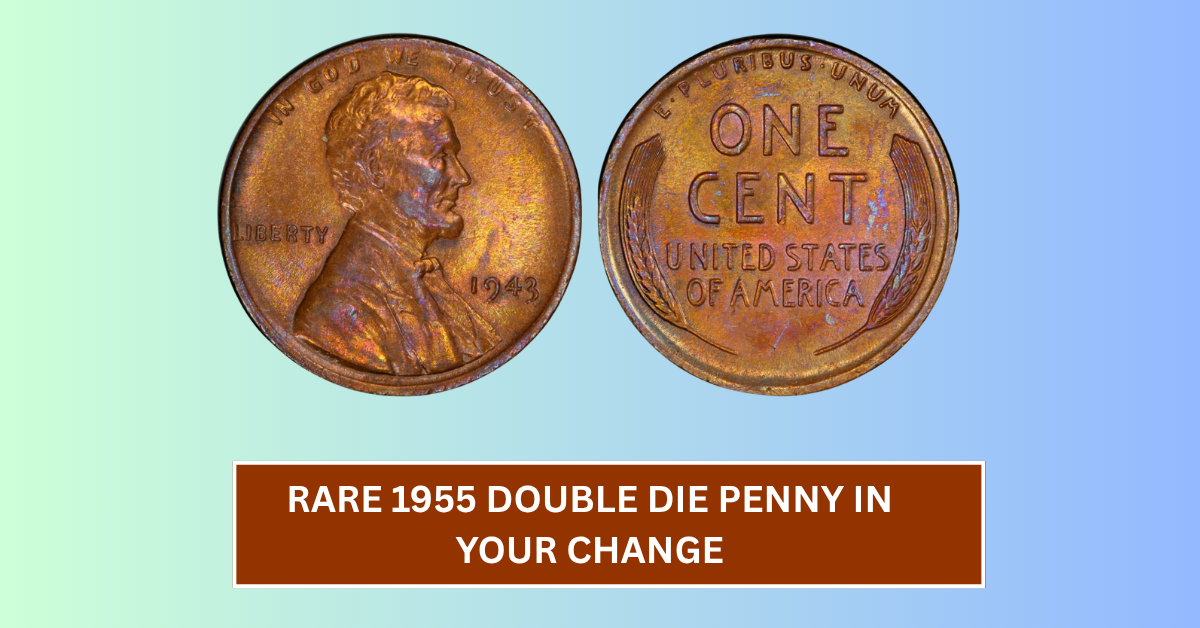
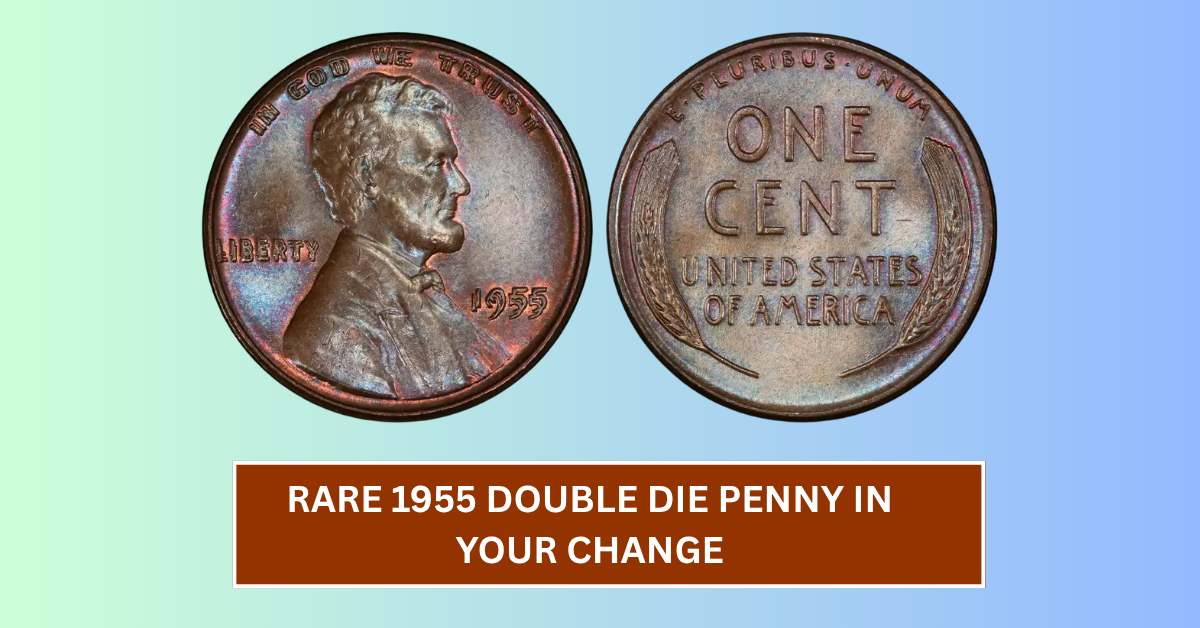
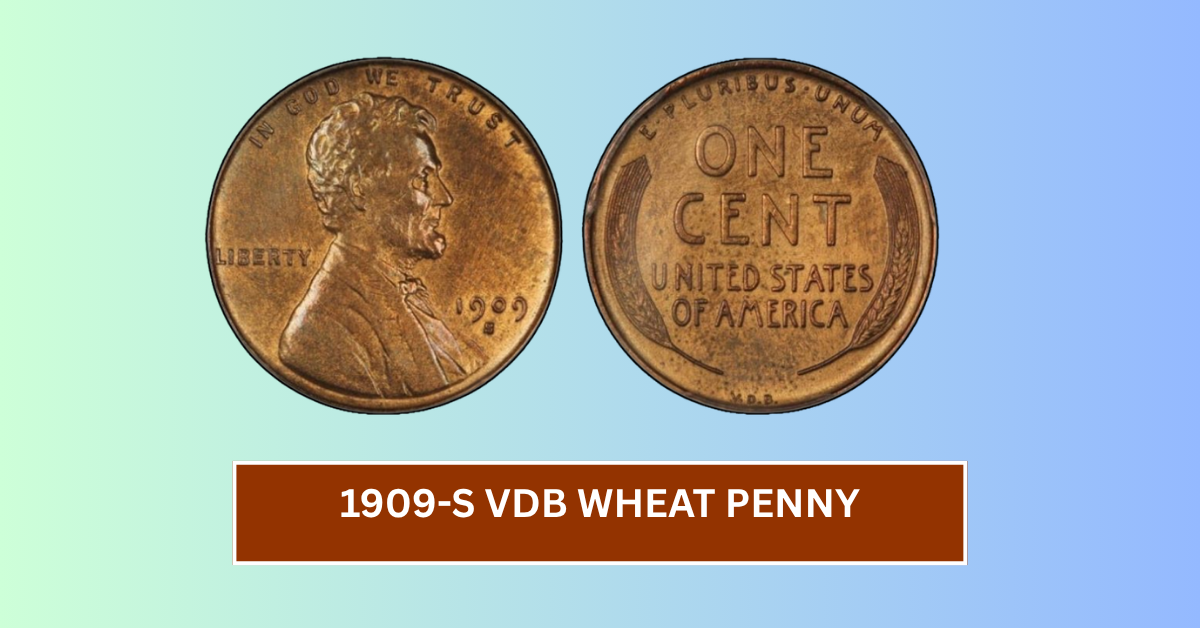
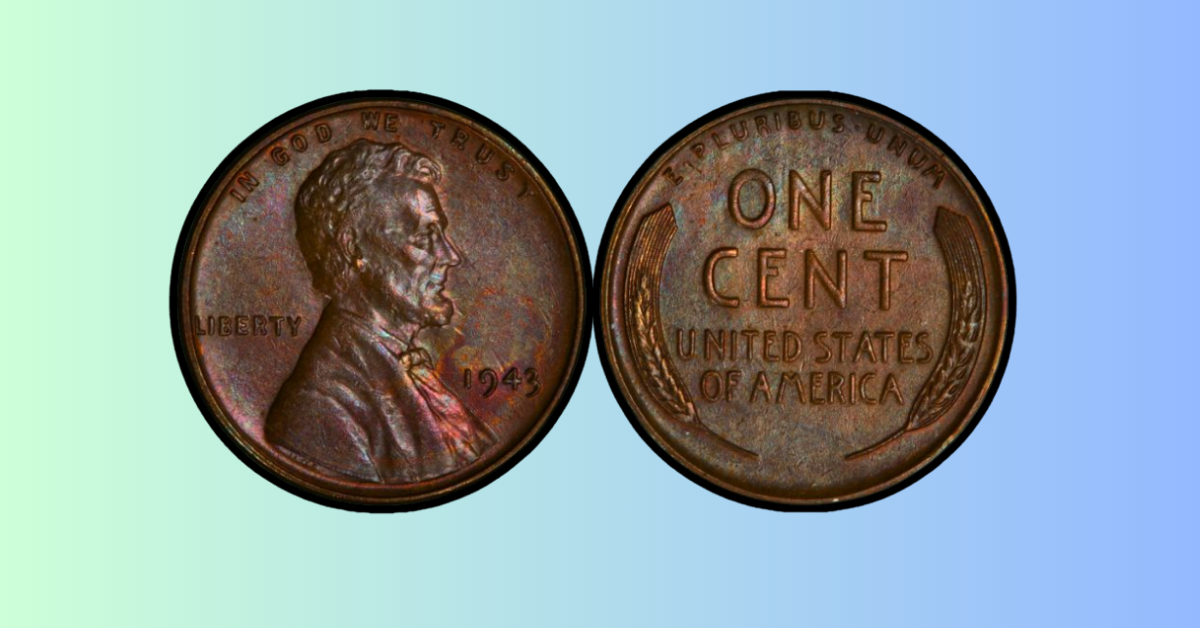
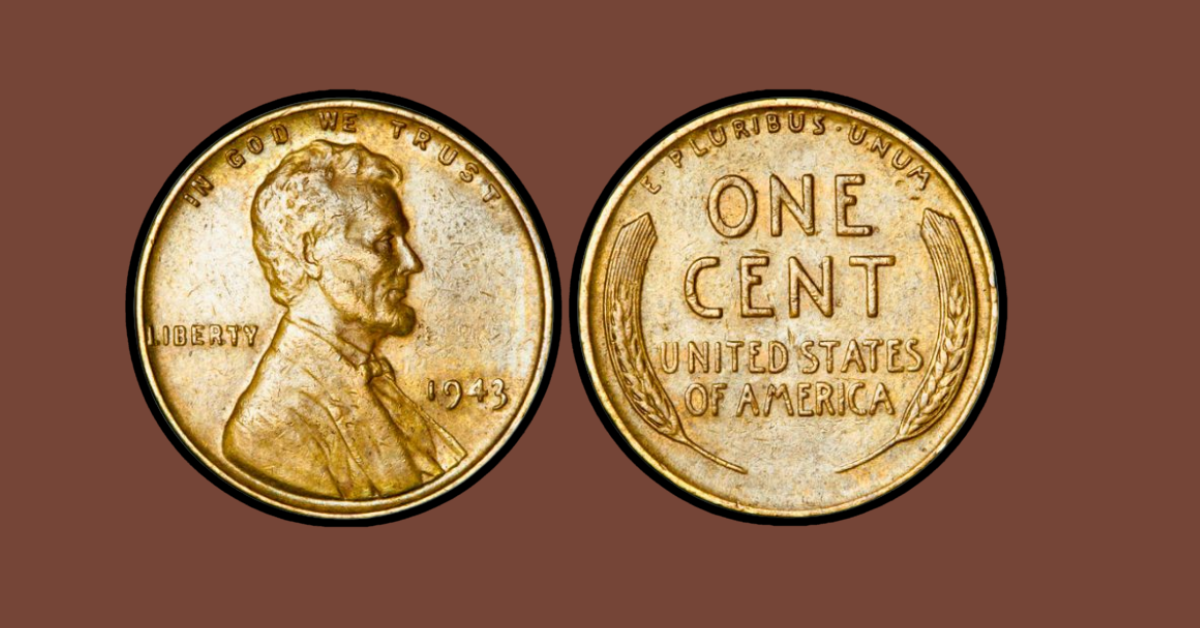
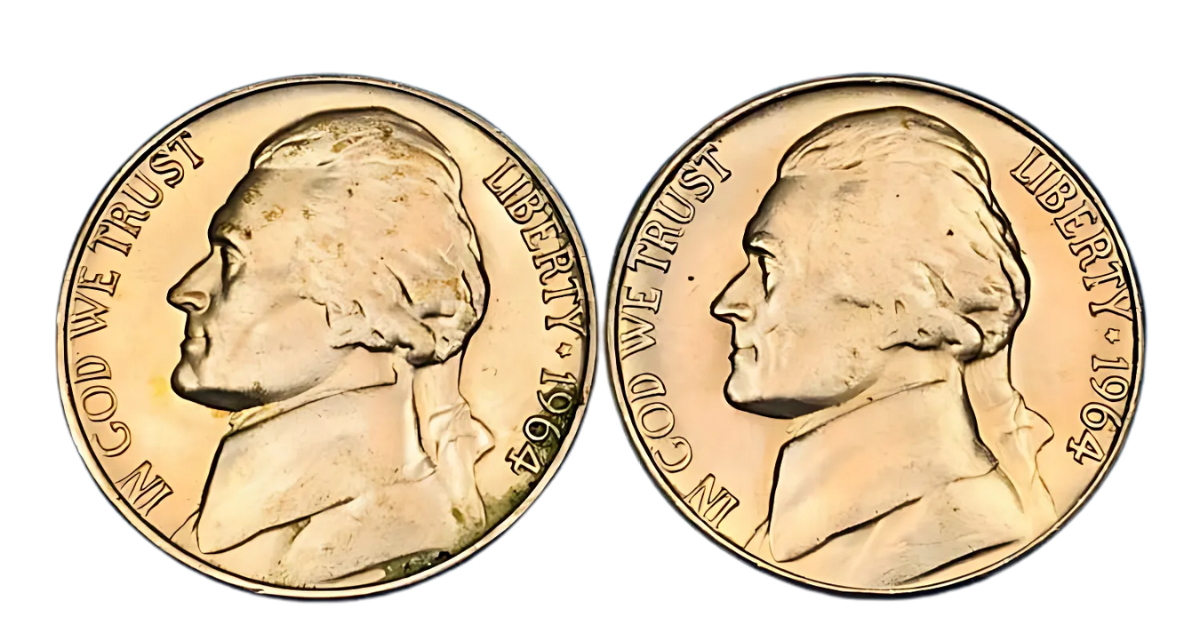




Leave a Reply